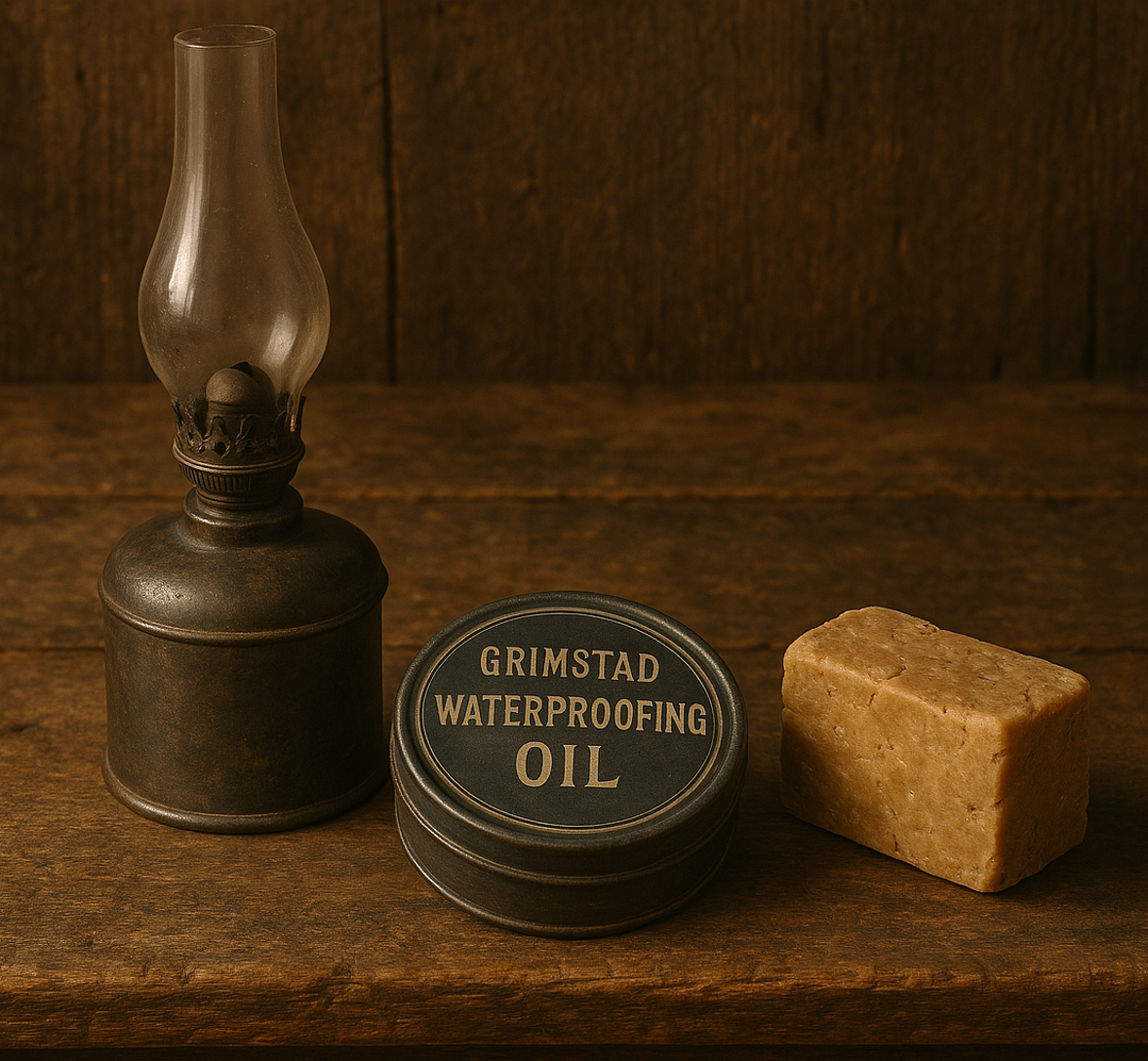Omega-3 sustainability: a long tradition
 Foods rich in EPA and DHA omega-3s have a complex history and have been largely sustainable across that history. People have used seafood byproducts to create nutritious omega-3-rich dishes or preparations for thousands of years, including (pictured at right) Scandinavian lutefisk and other Viking-era cod liver preparations, the ancient Roman fish sauce garum, Korea’s jeotgal, Japan’s shiokara and dried, preserved strips made of fish byproducts made by coastal indigenous communities in the Americas and elsewhere.
Foods rich in EPA and DHA omega-3s have a complex history and have been largely sustainable across that history. People have used seafood byproducts to create nutritious omega-3-rich dishes or preparations for thousands of years, including (pictured at right) Scandinavian lutefisk and other Viking-era cod liver preparations, the ancient Roman fish sauce garum, Korea’s jeotgal, Japan’s shiokara and dried, preserved strips made of fish byproducts made by coastal indigenous communities in the Americas and elsewhere.
Making the most out of these byproducts was a sustainable choice for generations of communities well before the industrial production of the first modern omega-3 product, cod liver oil, which was also produced using byproducts.
 At that time, those byproduct oils were not nutritional solutions but were often burned as fuel for engines and lamps, used to feed livestock, applied as a waterproofing agent or even used in creating soaps (pictured at right). As the science linking omega-3 intake to positive health benefits emerged, the fish oil dietary supplements industry was born. Larger and larger corporations and government bodies began to focus on producing and responsibly managing these marine resources on an industrial scale. Now, sustainability certifications and reporting help people worldwide understand how sustainably these fisheries are managed.
At that time, those byproduct oils were not nutritional solutions but were often burned as fuel for engines and lamps, used to feed livestock, applied as a waterproofing agent or even used in creating soaps (pictured at right). As the science linking omega-3 intake to positive health benefits emerged, the fish oil dietary supplements industry was born. Larger and larger corporations and government bodies began to focus on producing and responsibly managing these marine resources on an industrial scale. Now, sustainability certifications and reporting help people worldwide understand how sustainably these fisheries are managed.
In the 21st century, companies now produce EPA and DHA ingredients from non-marine sources to bolster steadily growing demand for EPA and DHA. These newer sources include the cultivation of EPA and DHA oils from specific microalgae strains and seed oils from genetically modified canola and camelina crops expressing EPA and DHA.
